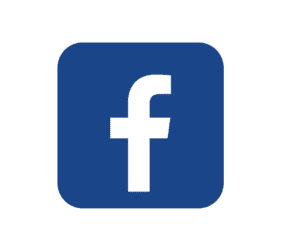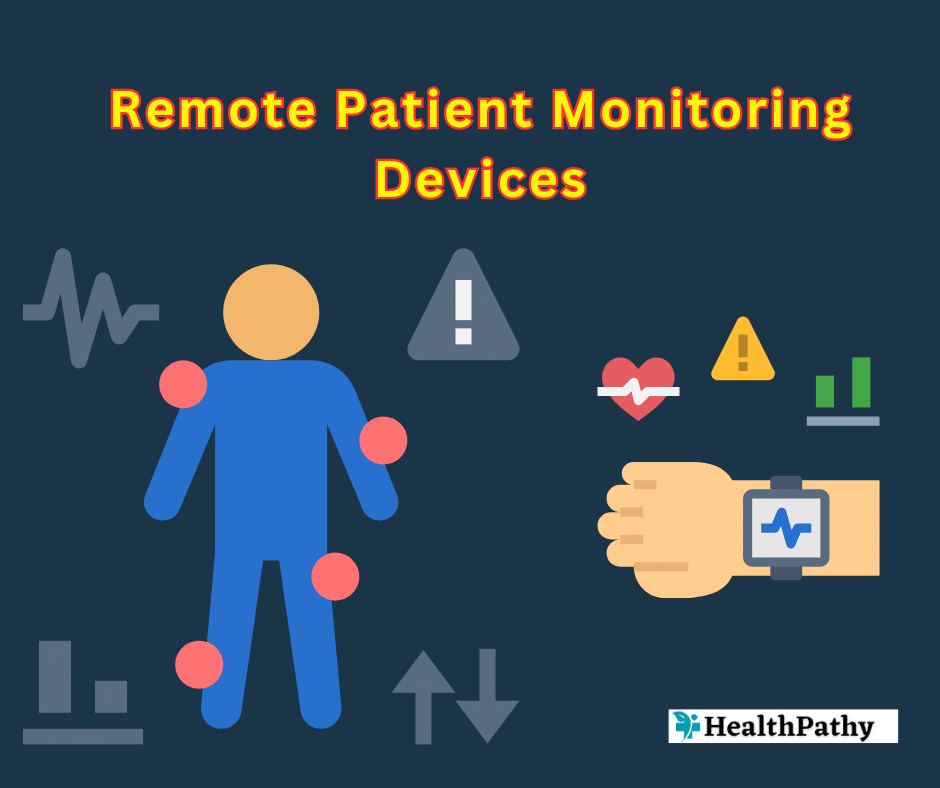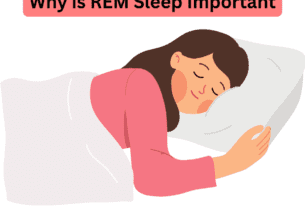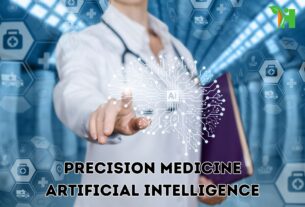Remote Patient Monitoring Devices
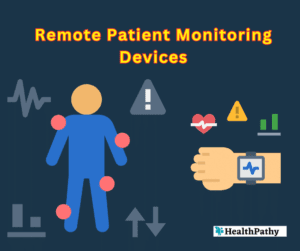
In recent years, the field of healthcare has undergone a transformative shift, thanks to the advent of digital health technologies. One such innovation that has captured the attention of medical professionals and patients alike is Remote Patient Monitoring (RPM) devices. This article explores the world of Remote Patient Monitoring devices, their applications, benefits, challenges, and potential to revolutionize healthcare.
What are Remote Patient Monitoring Devices?
Remote Patient Monitoring devices encompass a wide range of medical devices that remotely monitor patients’ health status in real time. These devices collect relevant health data and transmit it to healthcare professionals, enabling them to make informed decisions about patient care. RPM devices can be as simple as wearable fitness trackers or as sophisticated as implantable medical devices that track specific health conditions.
Types of Remote Patient Monitoring Devices
- Wearable Fitness Trackers: These devices are commonly used RPM tools. They typically include sensors to monitor parameters such as heart rate, activity level, sleep patterns, and calorie expenditure. Some advanced fitness trackers also measure blood pressure, blood oxygen levels, and body temperature.
- Connected Vital Sign Monitors: These devices are designed to measure specific vital signs, such as blood pressure, glucose levels, pulse oximetry (oxygen saturation), and body temperature. They often synchronize with smartphones or other smart devices to send data to healthcare providers.
- Implantable Medical Devices: Surgically implanted RPM devices within the patient’s body to continuously monitor specific health conditions. Examples include pacemakers, implantable cardioverter-defibrillators (ICDs), and neurostimulators for chronic pain management.
- Smart Pills: These innovative RPM devices are ingestible capsules containing tiny sensors that transmit data from inside the body to an external receiver. They can help track medication adherence and monitor certain physiological parameters.
- Remote Electrocardiography (ECG) Devices: These devices enable patients to record their ECG readings at home and transmit them to their healthcare providers for analysis and monitoring of heart health.
Applications of Remote Patient Monitoring Devices
- Chronic Disease Management: RPM devices play a pivotal role in managing chronic conditions such as diabetes, hypertension, heart disease, and respiratory disorders. Continuous monitoring of vital signs and health metrics helps detect early warning signs, allowing timely interventions and reducing hospital readmissions.
- Post-Operative Care: After surgical procedures, RPM devices help monitor patients’ recovery progress, ensuring proper wound healing and identifying any potential complications.
- Elderly Care: RPM devices offer valuable support in elderly care by monitoring their health status, activity levels, and medication adherence. This helps caregivers and healthcare providers intervene promptly if any issues arise.
- Maternal Health: For expectant mothers with high-risk pregnancies, RPM devices can provide continuous monitoring of fetal health and maternal vitals, enhancing the quality of prenatal care.
- Mental Health Support: Some devices from RPM are designed to monitor and track mental health parameters, such as sleep patterns and stress levels, to provide insights for better management of mental illness.
Benefits of Remote Patient Monitoring Devices (Remote Patient Monitoring Devices)
- Improved Patient Outcomes: RPM devices facilitate early detection of health issues, enabling healthcare providers to intervene proactively. This leads to better patient outcomes, reduced hospitalizations, and improved overall health.
- Enhanced Access to Care: RPM devices enable patients to receive medical attention from the comfort of their homes, especially for those living in remote areas or with limited mobility.
- Cost Savings: By reducing hospital visits and preventing complications, RPM devices can significantly lower healthcare costs for both patients and healthcare providers.
- Data-Driven Care: The data generated by RPM devices provides valuable insights for personalized and data-driven healthcare decisions, leading to more effective treatment plans.
- Empowering Patients: RPM devices empower patients to take an active role in managing their health and well-being, as they can monitor their progress and share data with healthcare providers for collaborative decision-making.
Challenges and Future Outlook
Despite the numerous advantages, the devices of RPM face some challenges that need to overcome. Data privacy and security concerns are paramount, as patient health data must be protected from unauthorized access and cyber threats. Interoperability between different RPM devices and healthcare systems is also essential to ensure seamless data exchange and integration into existing healthcare workflows.
The future of remote patient monitoring looks promising, with ongoing technological advancements and the integration of artificial intelligence and machine learning. These innovations will likely improve the accuracy of data analysis, enable more precise health predictions, and lead to even better patient outcomes.
Conclusion
Remote Patient Monitoring devices are transforming the healthcare landscape by providing continuous and convenient monitoring of patient’s health outside of traditional medical settings. RPM devices play a crucial role in the future of healthcare due to their potential to improve patient outcomes, reduce healthcare costs, and enhance access to care. However, to fully realize their potential, stakeholders must address challenges related to data privacy, interoperability, and regulatory frameworks. As technology continues to advance, the integration of remote patient monitoring into routine clinical practice will undoubtedly revolutionize healthcare delivery, making it more patient-centered, efficient, and effective.
Related Articles:
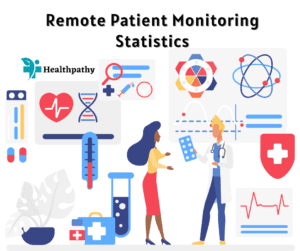
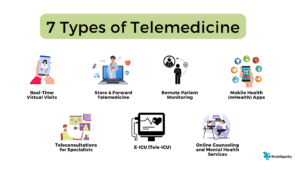

Follow us: Remote Patient Monitoring Devices
